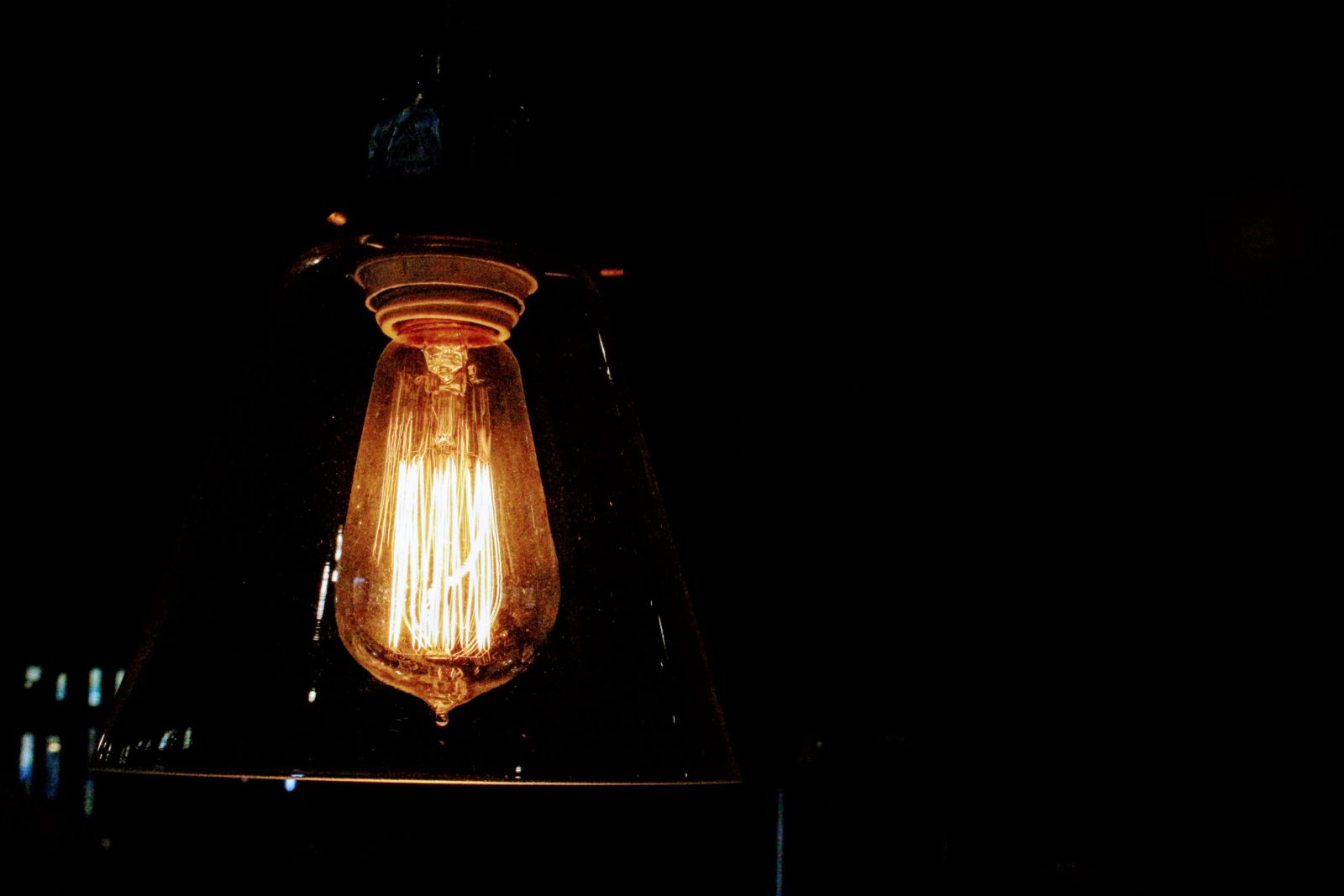In the Czech Republic, heat consumption from central heating plants saw a six percent year-on-year drop last year, primarily due to the above-average warm weather. Compared to the average temperature of the last 14 years, the last year was ten percent warmer, thus, less demanding on heating. The heating period was also shorter, according to the Czech Republic’s Heat Association.
In addition to weather conditions, increased prices also influenced the reduced consumption of other energies last year. The heating period totalled 220 days, which is 14 days less than in 2022, and the average of the last decade is a further two days longer than the year before last.
“The year 2023 was 6.7 percent less demanding on heating than 2022, and the heat supply fell by six percent year-on-year, according to preliminary data. Compared to the long-term average, the intensity of last year’s heating was ten percent lower,” said Martin Hájek, director of the Heat Association of the Czech Republic.
There were cooler months last year, specifically February and May, while comparable months were April and November. On the other hand, September and October were significantly warmer, when only 17 days required heating, compared to 44 days the previous year.
According to Hájek, there was a slight change in the heating trend among households compared to the year before last. “The comparison of heat consumption in November 2023 with the same month in 2022 shows an increase in heat consumption by six percent, although both months were almost identical in terms of temperature. This suggests that people are gradually returning to normal and slightly increased the temperature in the apartments. We will see if the following months of the ongoing heating season will confirm this trend,” Hájek said.





